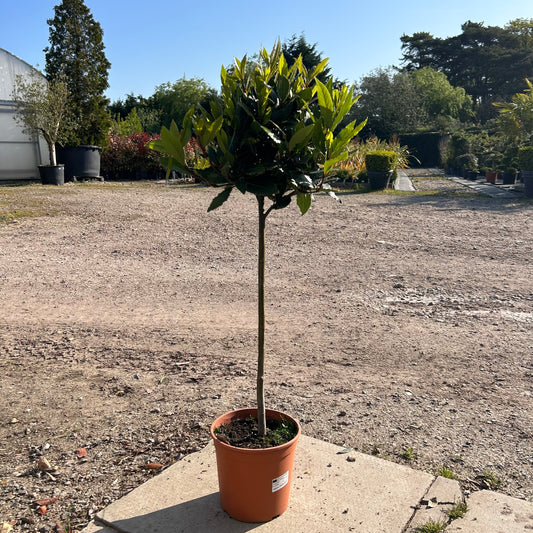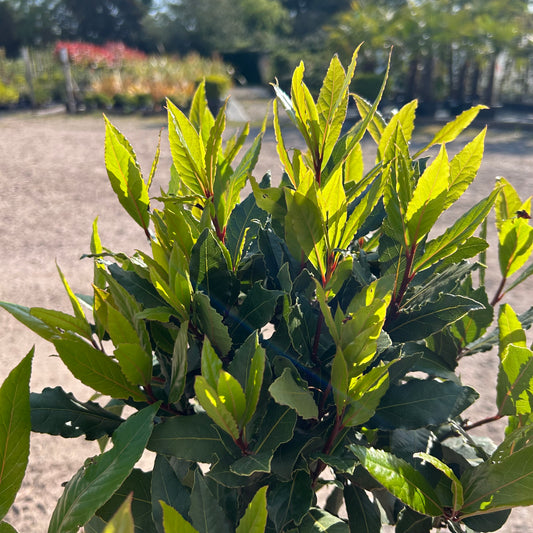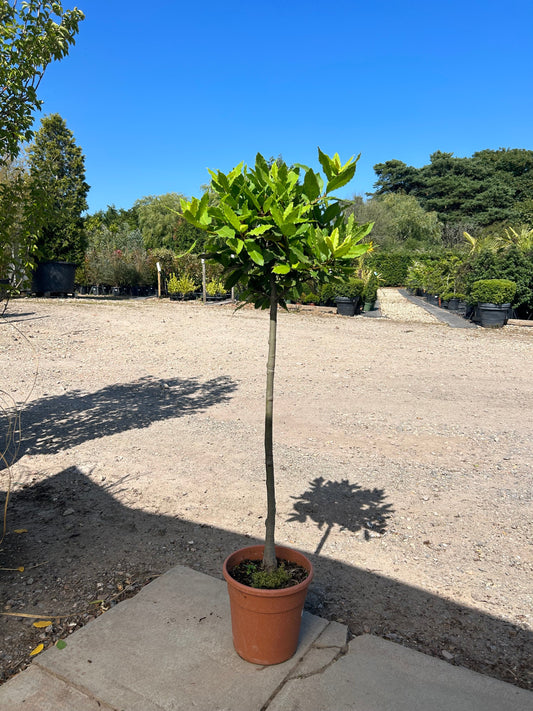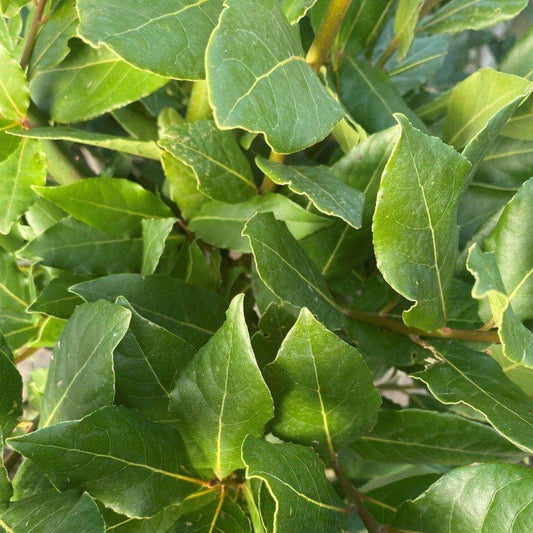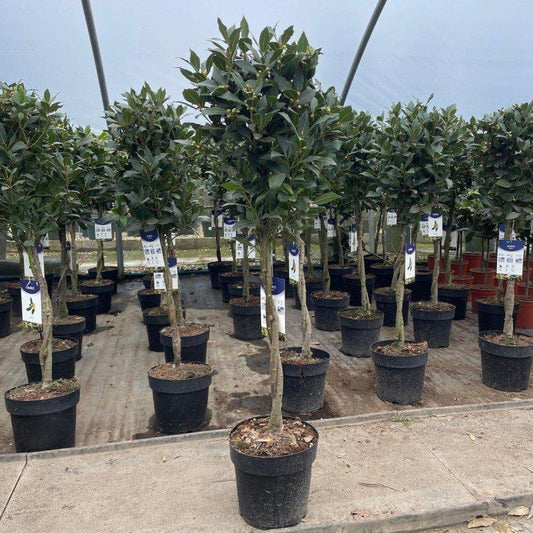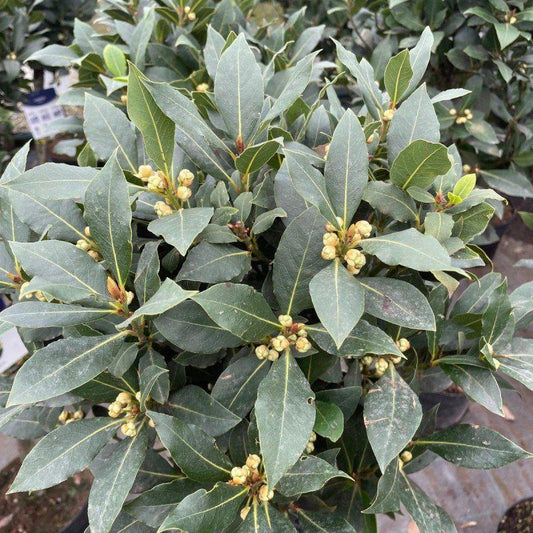How to plant Root Balls
Root ball plants have an advantage as they come with the soil in the root ball and can only be moved when they are dormant (November - March). Root balls are grown in fields and dug with a ball of soil around the roots which are then wrapped with a biodegradable hessian wrap.
Do not let the root system of the plant dry out, they should be planted within a few days of delivery and it is extremely important that they are kept well-watered during the first year.
The planting hole should have a good amount of water. First place the root ball in, backfill the hole and drench again. Any plants taller than 3ft can defoliate or suffer from yellowing leaves when the first hot weather arrives after planting season. This is due to plant shock because of the heat and they should be kept well watered to help the recovery process.
Planting root balls
Plant root balls in good quality soil, with at least 300mm clearance. This clearance should be between the root ball and the edge of the pit to facilitate staking and will allow for an adequate amount of backfill. The depth of the root ball should be measured and the pit excavated to the depth which will accommodate the whole root ball.
When introducing the root ball into the prepared pit it must be settled in firmly on the bottom and be standing upright. Staking of root balled plants is carried out before returning the backfill.
A layer of backfill should be placed on the filter material and firmed to prevent settlement of the root ball after planting. The level of the root ball should be checked and if necessary backfill added. The top of the root ball should be level with the top of the pit.
The top of the root ball is the nursery mark and it is a common fault and bad practice to plant root balls too deeply. It is better to leave the top slightly proud of the pit than to bury it too deep.
When planting root balled plants it is not necessary to remove the hessian and wire from the root ball. The hessian is biodegradable and soon rots away. Leaving the wire intact ensures that the root ball remains firm. The large spacing of the mesh or hessian does not impede root.


